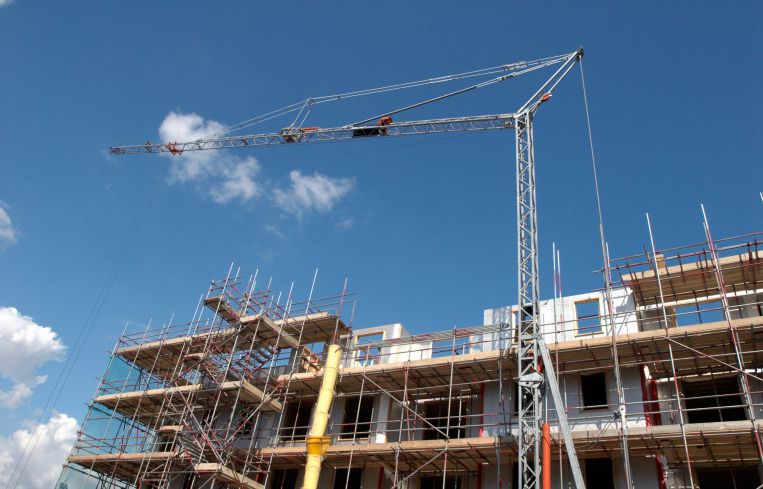Why Hochul’s Proposed 485w Is a Solid Successor to 421a
By James P. Power March 21, 2022 11:41 am
reprints
New York Gov. Kathy Hochul recently released a proposed revision to the 421a “Affordable New York” program in connection with her fiscal year 2023 executive budget proposal. The new program, which would be known as the “Affordable Neighborhoods for New Yorkers” (ANNY) tax incentive and would be contained in Section 485w of the Real Property Tax Law, would effectively update and extend the current 421a program beyond its planned expiration date of June 15.
The 421a program has provided a much-needed impetus for the construction of affordable housing. It is universally acknowledged that New York needs more housing affordable to lower-income households. Government alone cannot generate sufficient affordable housing, so 421a effectively functions as a public-private partnership that results in the construction of new housing affordable to low-income New Yorkers. A recent analysis of publicly available data from the city’s housing agency shows that 28 percent of affordable units created in the past eight years were made possible by 421a.

A tax benefit, like 421a or the newly proposed 485w, is also needed because of the market-rate rental housing that it incentivizes. Rental vacancy rates have been declining throughout the city and are currently hovering below 1 percent in Manhattan, according to recent Corcoran Group market reports. Further, rents are on the rise — according to various sources, rents in New York City are up approximately 30 percent in the last year. It is axiomatic that greater supply of market-rate housing drives rents down, or at least keeps rent increases to more reasonable levels.
Thus, the market-rate rental housing that the program incentivizes benefits many New Yorkers beyond those in need of low-income housing. It also helps middle-income families, who are more likely to rent than own; younger New Yorkers starting out in their careers; and others newly arrived in the city and hoping to adapt and stay long-term.
A tax incentive program in some form is also needed to generate economic activity and keep the city’s economy going during its post-pandemic recovery, especially as we enter a period of inflation and geopolitical uncertainty. Real estate and other industries are watching nervously, as investments in new rental housing projects are expected to fall following the expiration of eligibility for the current 421a program on June 15. A renewal of the program in some form is needed to keep construction and economic activity going after completion of the projects constructed under the current 421a program.
The governor’s proposal incorporates several improvements to the existing program.
The legislation would simplify the affordability options currently allowed, and tailor the program more narrowly to lower levels of affordability. Under the proposed “Option A,” the top income band would be lowered to 80 percent of area median income (AMI), compared to 130 percent under the current program. There would be a new “Option B,” which would be targeted at projects with fewer than 30 units – it would require that 20 percent of the units be affordable to households at or below 90 percent of AMI.
“Option C” would be a new and much-improved variation on the current homeownership option. It would require that 100 percent of the units be affordable to households at or below 130 percent of AMI. It would align the ownership option with the other options by tying eligibility to the income level of the purchaser of the unit. In contrast, the current homeownership option bases eligibility on the assessed valuation of the unit, and limits eligibility to units with an unfathomably low valuation of $65,000 or less.
The new program would retain many of the features of the existing law, such as the construction wage requirement for projects of 300 or more units in certain areas of Manhattan, Brooklyn and Queens, a prevailing wage requirement for building service workers, and rent stabilization requirements.
In short, Hochul’s 485w proposal incorporates many improvements to the current 421a program and should be favorably considered by the legislature.
James P. Power is a partner in the land use department at Kramer Levin.


